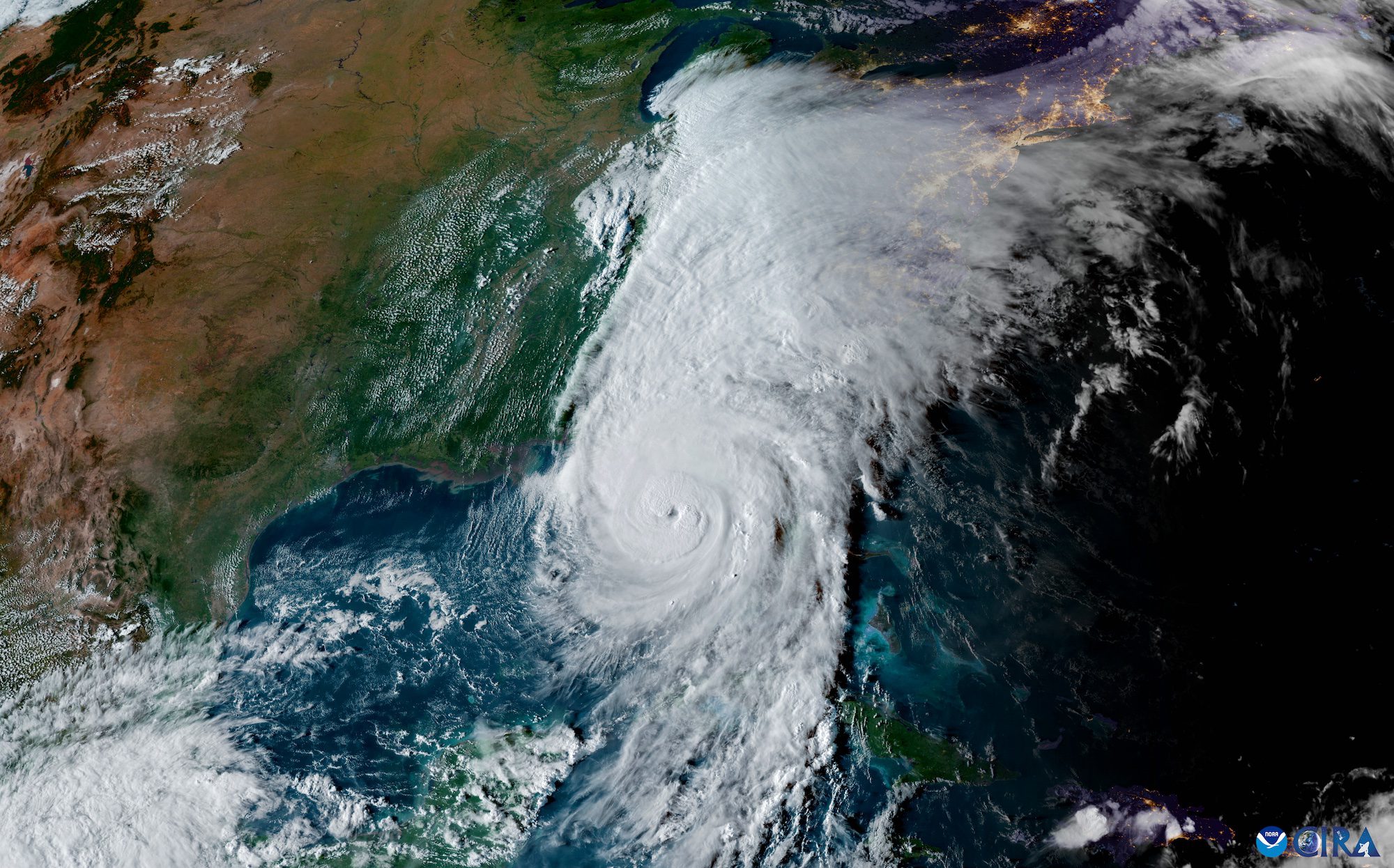The U.S. National Oceanic and Atmospheric Administration (NOAA) is continuing to call for a an above-average Atlantic hurricane season this year despite getting off to a slow start.
NOAA published its mid-season update to its outlook on Thursday as we head into peak hurricane months.
The update was nearly identical to its initial May outlook, with forecasters only slightly decreasing the likelihood of an above-normal Atlantic hurricane season to 60% from the 65% predicted in May. The likelihood of near-normal activity rose to 30%, from 25% previously, and the chances remain at 10% for a below-normal season.
In terms of number of storms, NOAA is predicting 14-20 named storms (winds of 39 mph or greater), including 6-10 hurricanes (winds of 74 mph or greater) and 3-5 major hurricanes (winds of 111 mph or greater). This, again, is only a slight adjustment compareed to May’s outlook which predicted 14-21 named storms, 6-10 hurricanes, and 3-6 major hurricanes.
“We’re just getting into the peak months of August through October for hurricane development, and we anticipate that more storms are on the way,” said NOAA Administrator Rick Spinrad, Ph.D.
In its mid-season update, NOAA listed several atmospheric and oceanic conditions that still favor an active hurricane season, including La Niña conditions which are favored to remain in place for the rest of 2022. This could allow the ongoing high-activity era conditions to dominate, or slightly enhance hurricane activity. Also, weaker tropical Atlantic trade winds, an active west African Monsoon and likely above-normal Atlantic sea-surface temperatures have set the stage for an active hurricane season.
NOAA’s above-average Atlantic hurricane season prediction is its seventh in row.
“Communities and families should prepare now for the remainder of what is still expected to be an active hurricane season,” said Ken Graham, director of the National Weather Service. “Ensure that you are ready to take action if a hurricane threatens your area by developing an evacuation plan and gathering hurricane supplies now, before a storm is bearing down on your community.”
Keep in mind that the outlook is for overall seasonal activity and is not a landfall forecast, which cannot be predicted long-term. The Atlantic hurricane season spans six months from June 1 through November 30 each year.
So far, the season has seen three named storms and no hurricanes in the Atlantic Basin. An average hurricane season produces 14 named storms, of which seven become hurricanes, including three major hurricanes.
“Although it has been a relatively slow start to hurricane season, with no major storms developing in the Atlantic, this is not unusual and we therefore cannot afford to let our guard down,” said FEMA Administrator Deanne Criswell. “This is especially important as we enter peak hurricane season—the next Ida or Sandy could still be lying in wait. That’s why everyone should take proactive steps to get ready by downloading the FEMA app and visiting Ready.gov or Listo.gov for preparedness tips. And most importantly, make sure you understand your local risk and follow directions from your state and local officials.”

 Join The Club
Join The Club











